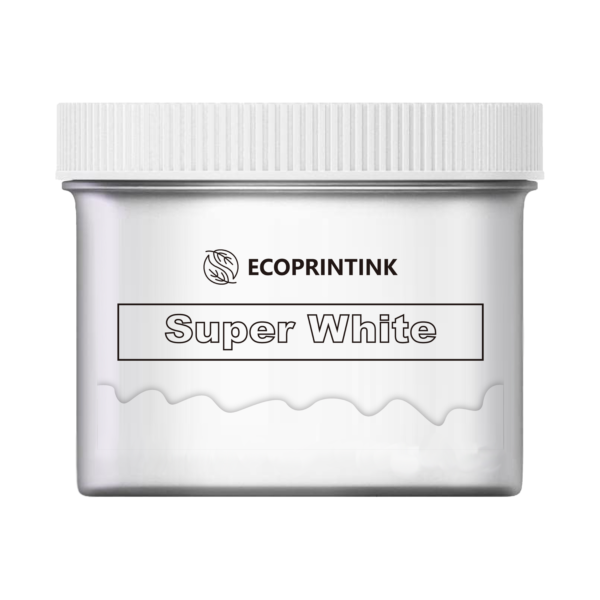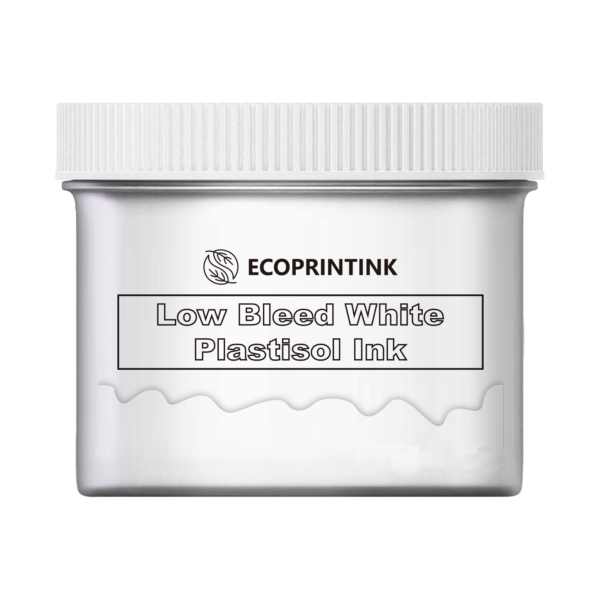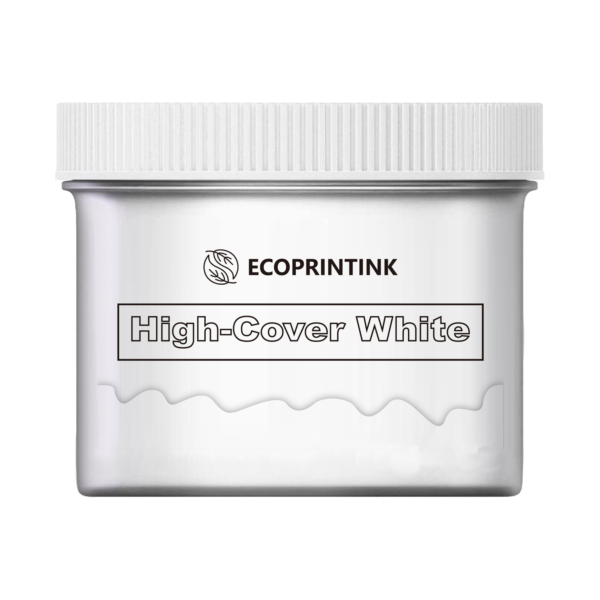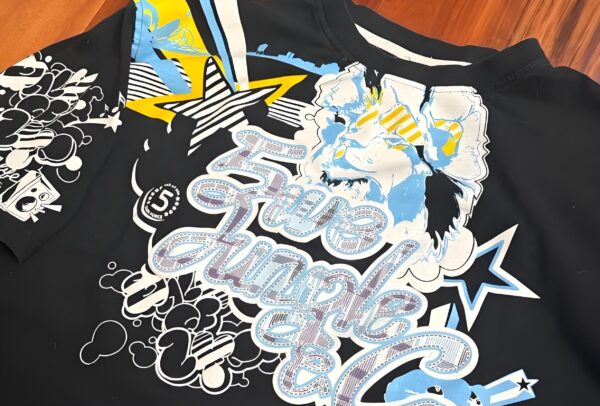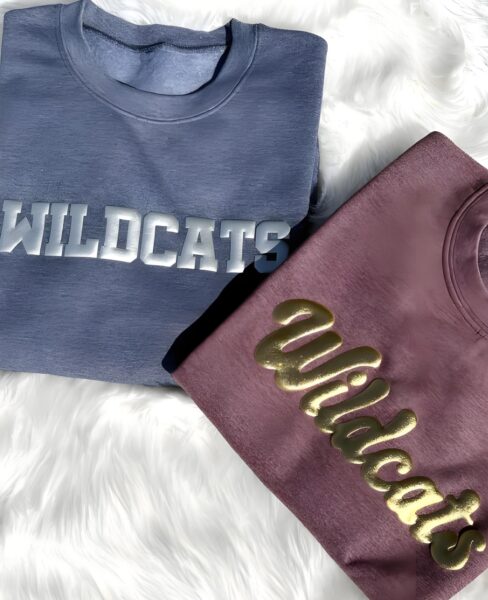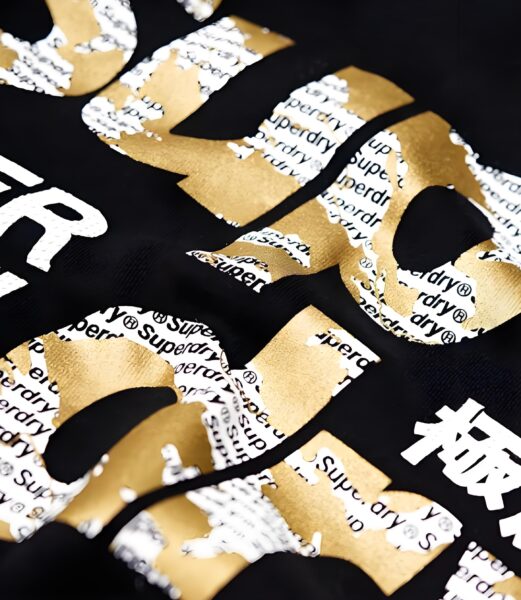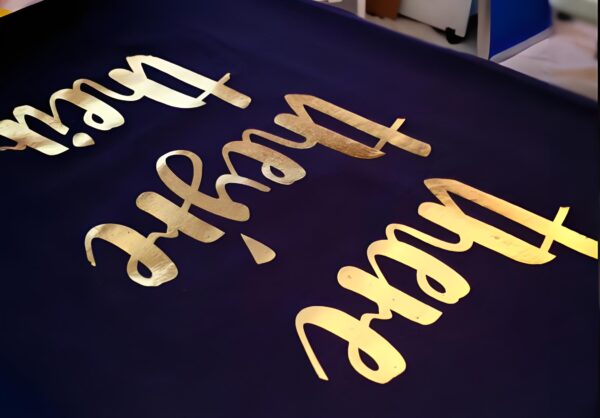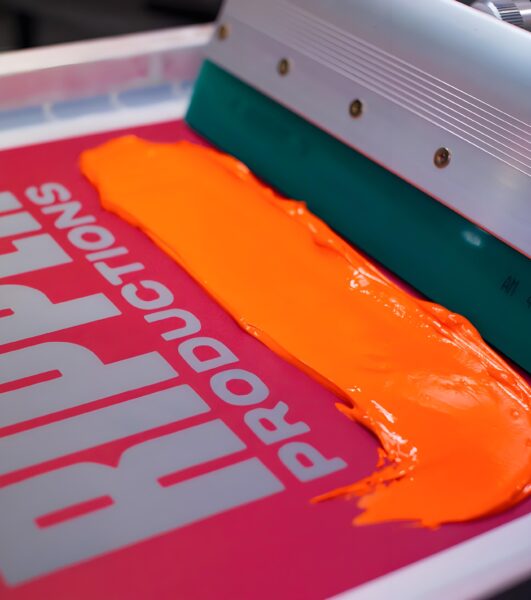Summary: The Essentials of Successful Color Process Plastisol Printing
- CMYK plastisol ink harnesses cyan, magenta, yellow, and technique black for complete-coloration, photorealistic screen print consequences with just 4 inks.
- The shade process plastisol approach is predicated on halftones and managed ink viscosity for vibrant, detailed, high-detail photographs.
- Plastisol ink is durable, versatile, and forgiving—the pinnacle preference for novices and professionals looking for a easy, vibrant very last print every time.
- Careful choice of screen mesh, right use of art work separation software program, and constant registration all make sure sharp and correct four colour method prints.
- Regular troubleshooting and willingness to mix, test, and adapt supply the satisfactory results in any task.
- By gaining knowledge of CMYK technique inks and excellent-tuning your display screen print setup, you could acquire a complete variety of shade with just one primary set of inks—no want for countless spot colorings!
Boost your supply, sharpen your capabilities, and unharness the strength of CMYK plastisol ink to your subsequent display printing series.
CMYK Plastisol Ink: The Ultimate Guide to Four Color Process Screen Printing
Want to unencumber the authentic potential of coloration for your screen print tasks? Dive into the entire global of CMYK plastisol ink and find out how four coloration procedure printing transforms shirts, posters, and greater. Whether you’re just beginning or refining your keep’s deliver of technique inks, this blog put up is your one-stop aid for know-how excessive-detail, vibrant, photorealistic prints—right down to the remaining drop of ink. If you care about the art and technological know-how of coloration, this article is well worth studying for its sensible tips, pro insights, and actionable advice for getting to know the colour procedure plastisol ink device.
Article Outline
- What is CMYK Plastisol Ink in Screen Printing?
- How Does the Four Color Process Work with Plastisol Ink?
- Why Is CMYK the Color Process Standard?
- What Makes Plastisol Ink Special for Color Process?
- Breaking Down the Primary Colors: Cyan, Magenta, Yellow, and Black
- The Role of Process Black and Key Considerations
- Mixing and Matching: How to Combine Plastisol Inks for Vibrant Results
- What Equipment and Supplies Do You Need for High-Detail Prints?
- How to Prepare Artwork and Halftones for 4 Color Process Printing
- Troubleshooting: Common Problems With CMYK Plastisol & How to Fix Them
1. What is CMYK Plastisol Ink in Screen Printing?
Let’s begin simple: in display printing, CMYK plastisol ink refers to a particular set of procedure inks—Cyan, Magenta, Yellow, and Key (Black)—used collectively to create full-coloration snap shots with a restricted palette. Instead of mixing specific spot hues, printers use those inks in diverse densities and styles, normally as halftones, to generate a large variety of colours on the substrate (along with shirts or posters). Plastisol ink is preferred through maximum display screen printers for its versatility and ability to sit down “on” rather than “in” the fabric, making it relatively durable, vivid, and clean to handle for photorealistic prints .
CMYK plastisol ink isn’t just for pros. Anyone hoping to acquire excessive-element and smooth gradients in their display print work—specially art work requiring lots of shade blending—will locate this ink system critical. Become cushty with those inks, and also you free up an entire new global of pictures you could print, all from a whole set of just 4 primary colors .
2.How Does the Four Color Process Work with Plastisol Ink?
Curious how you get a image-like picture from simply 4 colorings? The 4 coloration manner (additionally known as color method or 4 colour method) relies on printing semi-transparent layers of cyan, magenta, yellow, and black plastisol ink via separate displays. Each display has a special mesh that applies simplest one colour of ink using a sample of tiny dots—these are referred to as halftones . The dots overlap in various sizes and densities, growing more than a few sun shades, blends, and secondary hues.
The actual trick of four coloration procedure plastisol is inside the precision. The procedure relies on outstanding registration (so your pics line up perfectly) and controlled viscosity (so the inks don’t bleed into one another). Green, orange, even vibrant pinks can all be made out of varying probabilities of cyan, magenta, and yellow, with wealthy sunglasses defined by means of the addition of technique black .
Because every colour is outlined separately (usually going from lightest to darkest, however often finishing with black to anchor the very last image), your completed product has intensity, element, and clean gradations—characteristics difficult to gain with popular spot color printing .
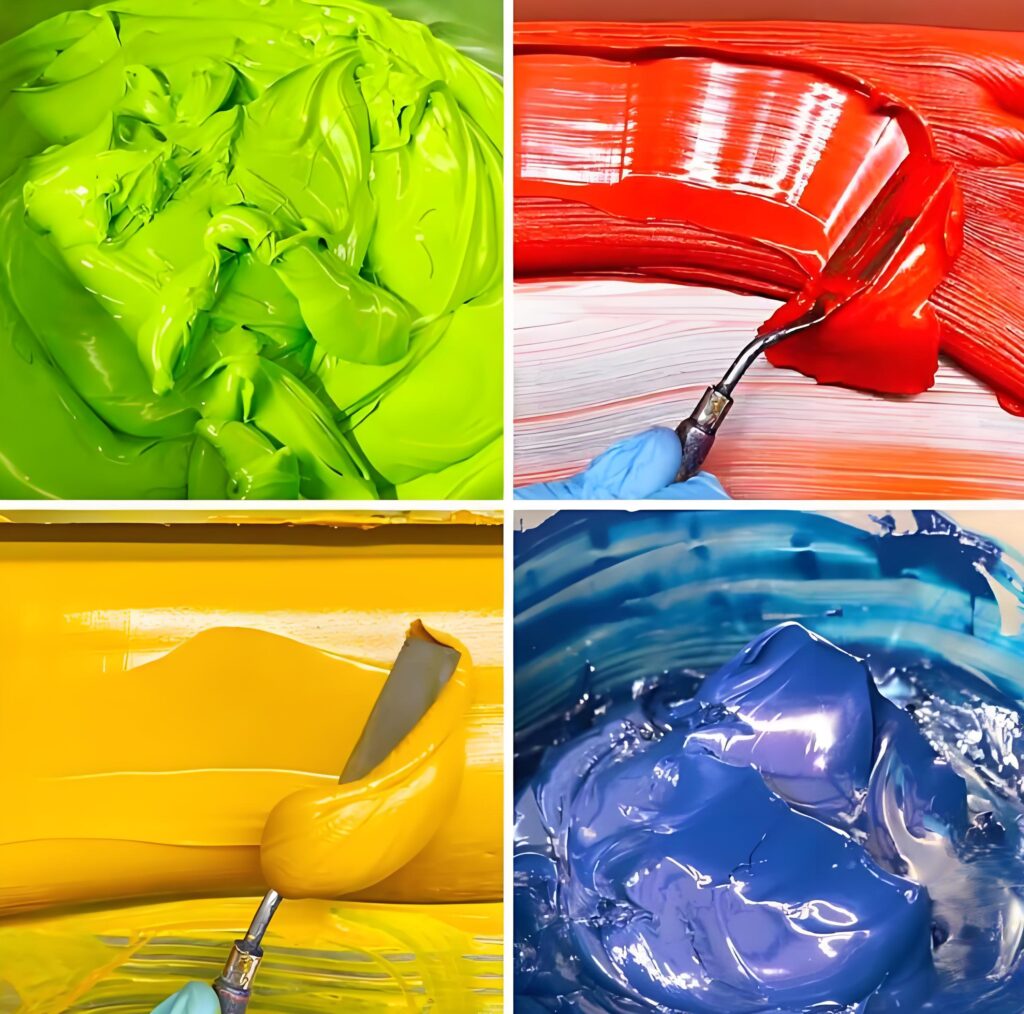
3. Why Is CMYK the Color Process Standard?
CMYK plastisol ink dominates the world of four colour system printing for numerous reasons. First, the CMYK device is designed to duplicate the largest possible colour gamut the usage of most effective 4 technique inks . This is critical for screen printers who need to supply high-element, complete-colour images whilst preserving charges and setup time low.
The CMYK widespread leverages the subtractive coloration version, where layers of pigment soak up (subtract) certain wavelengths of mild, reflecting again most effective the colours you see. This primary shade method way you aren’t restrained to a handful of premixed sunglasses or spot colors; instead, you may create almost any tone or gradient observed in a photo or complicated art work .
Professional printers and even beginners choose CMYK plastisol as it guarantees consistency and repeatability. Once you have got your complete set of cmyk inks, reproducing jobs or scaling up production turns into a long way easier—no need to rematch custom colors each time
4. What Makes Plastisol Ink Special for Color Process?
Plastisol ink stands out within the display print international for a few pivotal motives. Unlike water-primarily based inks or dye-based systems, plastisol is a PVC-based ink that in no way genuinely “dries”—it need to be cured at a fixed temperature (usually round 320-330°F). This satisfactory provides printers more time to paintings with difficult screen setups or huge print runs without annoying that the ink will harden within the mesh .
For 4 shade technique plastisol, its semi-obvious pigment base is critical: the inks are designed to layer and blend, now not overpower each different. When you deliver your store with procedure inks mainly categorised for cmyk shade, you get most suitable opacity and balance, ensuing in vibrant yet accurate color replica .
Durability is any other massive win. Plastisol ink bonds properly to a wide variety of substrates, from cotton clothes to posters to forte objects. When well cured, it yields prints that withstand wash after wash, maintaining clean, vibrant coloration and detail .
5. Breaking Down the Primary Colors: Cyan, Magenta, Yellow, and Black
Every jaw-dropping screen print the usage of CMYK plastisol ink begins right here: the primary colors. Cyan brings ambitious blues and crisp veggies, magenta unlocks the ones purples, pinks, and reds, while yellow adds brightness, warmth, and zing in your palette 12. Each ink is formulated to be semi-obvious, permitting them to blend easily with each other as the colors are published via tightly controlled meshes .
But don’t overlook the significance of screen mesh and ink viscosity. Too coarse a mesh can allow your cyan or magenta plastisol ink flood the print with too much pigment, muddying the end result. By dialing in mesh count number and controlling viscosity, you maintain the sharp element crucial in photorealistic snap shots .
The placement of every shade is generally decided through the paintings and color separations created using software program. This ensures the primary colours are maximally powerful in mixing to create secondary shades and dynamic gradients in the very last print .
6.The Role of Process Black and Key Considerations
In each CMYK plastisol ink set, black—regularly referred to as procedure black or actually “K”—deserves interest. Why now not just construct black through blending all 3 primaries? Because the ensuing shade is commonly muddy and lacks depth. Process black plastisol ink promises crisp outlines, sharp shadows, and anchors assessment; it’s vital for excessive-element photorealistic prints .
The density, opacity, and location of black are important for a display screen printer. For the first-rate consequences, use a separate screen with a mesh properly matched on your process black’s viscosity and opacity—to avoid overpowering the subtler blends created with the aid of the other hues .
Process black additionally allows in fine-tuning the final print with linework, deep shadows, and adding important definition, ensuring your four shade technique plastisol prints by no means look washed out
7. Mixing and Matching: How to Combine Plastisol Inks for Vibrant Results
Ready to experiment with color? The splendor of process inks is their potential to combine and layer, providing you with a massive variety of shades and results with simply 4 base inks . Cyan and yellow mix to create various vegetables, magenta and yellow craft colourful oranges, while all three primaries produce rich neutrals and skin tones.
Screen print experts often tweak the transparency in their plastisol ink via including a clear base or additive, specially if aiming for a smooth hand or printing on dark substrates . Achieving the favored colour or opacity calls for exercise—keep a swatch book of your “hues to mix” as reference for destiny jobs.
Remember, flash curing between colours can permit sharper registration and much less smearing, in particular when running with excessive-volume or high-element prints . Master those mixing strategies, and any full-color artwork will become potential on nearly any substrate.
8.What Equipment and Supplies Do You Need for High-Detail Prints?
To create vibrant, excessive-detail photos with CMYK plastisol ink, you’ll want some specialised system and thoroughly chosen substances. Start with a fixed of first-rate-mesh screens (generally 230-305 mesh matter)—this allows for the tiny halftone dots that mix your process inks smoothly 13. Precise registration gadget is critical to ensure every shade aligns perfectly, especially in distinct four colour technique artwork.
A dependable emulsion, applied lightly to every display, yields sharp, crisp stencils that gained’t break down in the middle of a print run 26. Use squeegees with the proper durometer (firmness) to deliver the correct ink extent—an excessive amount of plastisol can swamp your photograph and purpose bleeding amongst colors.
You’ll additionally need a flash dryer for placing one ink layer earlier than printing the next, along side a powerful conveyor dryer to fully remedy the plastisol ink to the right temperature. Top it off with right laptop software program for halftone separations and shade system setup, and you’re equipped to tackle high-stop, photorealistic jobs on the entirety from shirts to posters .
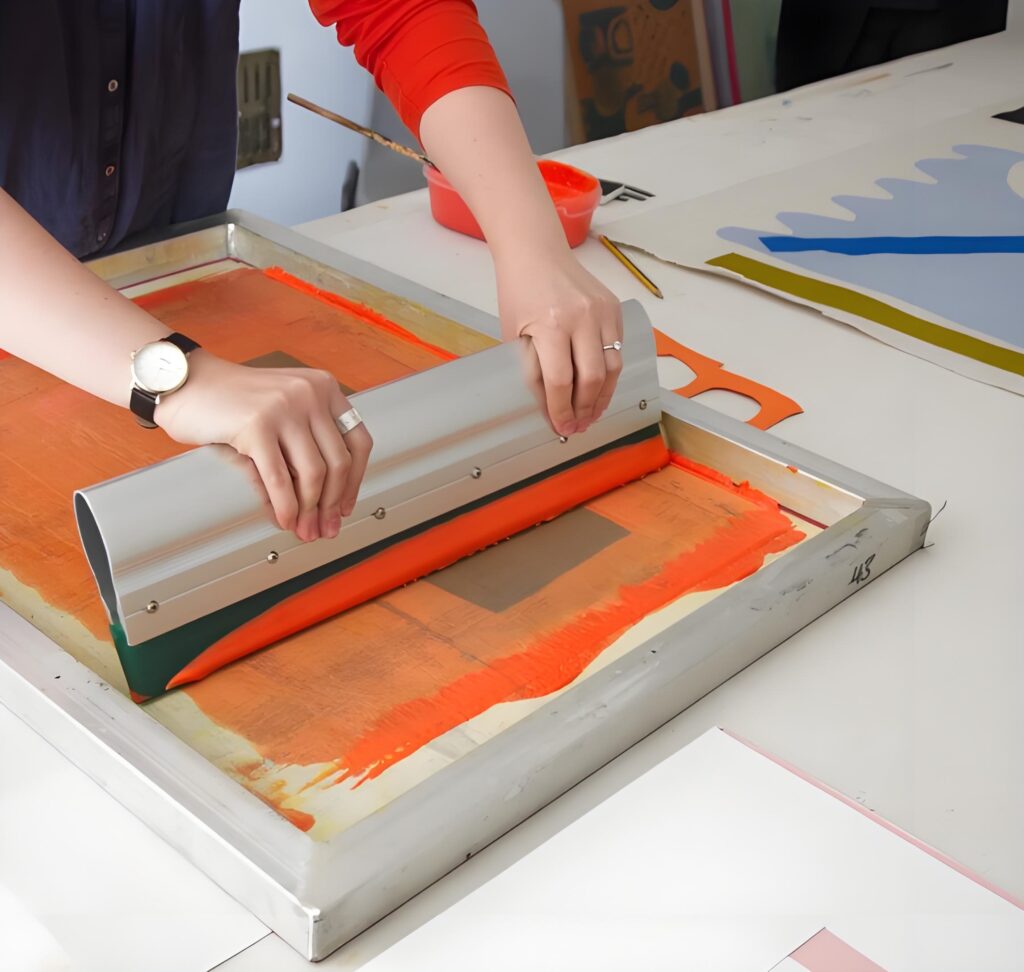
9.How to Prepare Artwork and Halftones for four Color Process Printing
Great prints start with remarkable education. Use photo modifying software to split your paintings into cyan, magenta, yellow, and black channels, changing the photo to CMYK mode. Next, follow halftone styles so that your procedure inks can blend easily and create a full range of sunglasses and gradients .
Design for the approach: preserve information and lines crisp, and keep away from regions requiring absolute white (in view that white ink isn’t part of the 4 coloration method plastisol gadget). High-detail, photorealistic pics benefit from tight halftone dots with proper perspective and frequency, matched to your display screen mesh be counted and plastisol ink viscosity for sharp outcomes .
Use registration marks and shade bars to ensure best alignment of each shade layer at some point of printing. Before you print a complete run, continually take a look at your separations with a test print to verify colour accuracy and photo alignment—this step saves time, ink, and frustration .
10.Troubleshooting: Common Problems With CMYK Plastisol Ink& How to Fix Them
Every display printer faces challenges—here’s a way to clear up the most common. If your colors appearance muddy or washed out, test your ink viscosity and mesh depend to make sure you’re no longer flooding the print or overlapping shades too heavily . Adjust flash curing instances among every colour to save you one layer of plastisol ink from lifting as you print the subsequent.
Getting undesirable coloration shifts? Double-take a look at that your procedure inks are an appropriate formulas (many are mainly labeled as CMYK plastisol ink), and that your art work separations suit the supposed output. Registration slips, inflicting shadow or blur, commonly imply your monitors or substrate aren’t held securely—tighten your alignment and check that the volume of ink is consistent across the variety .
If prints are stiff or feel thick, try adding a well matched base or additive to the plastisol ink for a softer hand, and growth squeegee stress or switch to a better mesh be counted. Troubleshooting frequently comes down to endurance, cautious adjustment, and maintaining notes for destiny jobs.


